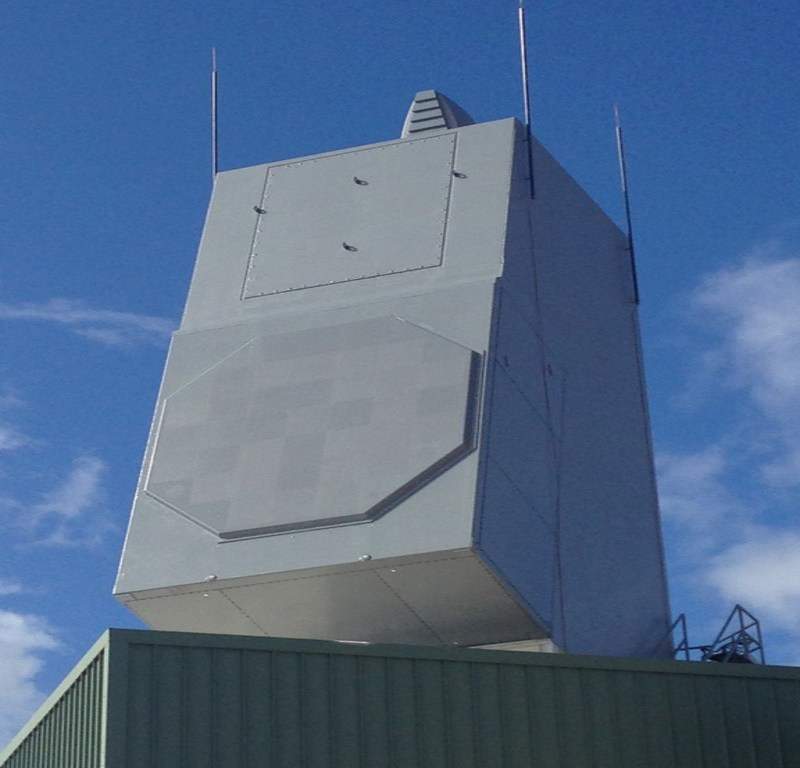

Raytheon's AN / SPY-6(V) air and missile defence radar (AMDR) has successfully completed its second live-target flight at the US Navy's Pacific Missile Range Facility (PMRF) in Kauai, Hawaii.
The test saw the AN / SPY-6(V) AMDR locate, acquire and track the long-range ballistic missile target, which is a more complex, threat-representative ballistic missile target than those used in prior trials, from launch through flight.
The radar previously successfully detected the ballistic missile test target during a Ballistic Missile Defence exercise in March.
It now has registered a number of successes, including integrated air and missile defence targets of opportunity, satellites and aircraft.
Programme Executive Office Integrated Warfare Systems Above Water Sensors major programme manager Navy captain Seiko Okano said: “We are continuing to stress this radar by increasing the range and complexity of the targets and demonstrating the radar is meeting its performance requirements.
“AN / SPY-6 is the nation's most advanced radar and will be the cornerstone of the US Navy's surface combatants for many decades.”
The system features radar modular assemblies (RMA) and has been designed to provide greater capability in range, sensitivity and discrimination accuracy compared to currently deployed systems.
This helps improve battlespace, situational awareness and reaction time in order to effectively counter present and future threats.
Each of the RMA radar building blocks can be grouped to develop radar apertures of any size, from a single RMA to configurations larger than those facilitated by currently available systems.
The AN / SPY-6(V) radar has achieved Milestone C and will be deployed on the US Navy’s first DDG 51 Flight III destroyer.
The low-rate initial production contract for the first three ship sets was awarded to the company in May.
Image: AN / SPY-6(V) array installed at the US Navy’s Pacific Missile Range Facility, Kauai, Hawaii. Photo: courtesy of Raytheon Company.



